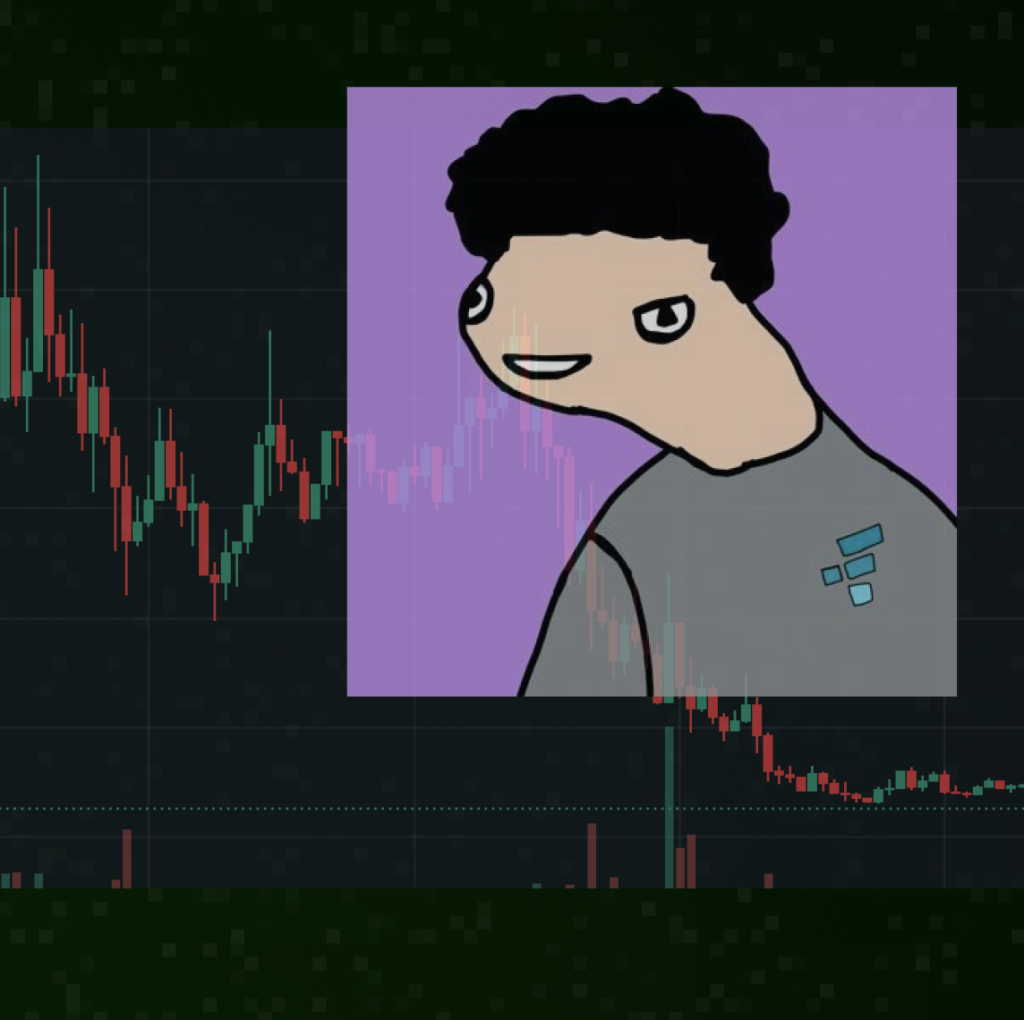Based out of Hong Kong and Singapore, Lumière is an exciting new company in the creative Web3 space. It uses the convergence and integration between blockchain, mixed reality, and AI (W3I) to revolutionize the movie industry. It aims to make the film industry more transparent, fair, and sustainable. Lumière has been developing its own proprietary AI driven software called Elemis and its own blockchain-based platform called Lumiverse to offer solutions for safer investments in films, testing audiences and IPs, attracting fans, offering them unique phygital experiences online and offline with mixed reality, tracking how investor funds are financed, and even aims to attract public investment through tokenisation.
Through its partnerships with Animoca Brands, Brinc, Finfabrik, and other industry leading players, Lumière’s vision is to enable an ecosystem for creative productions, where users are empowered and free, and where values and ideas are created and shared. Lumière adheres to a zero carbon policy, and offers a set of tools that increase audience engagement, transparency for investors, cast and crews, and reputation risk management. They have recently expanded their presence in Europe, which seems to provide remarkable opportunities in AI and Web3, particularly after the MICA framework announced in July 2022.
Who is behind Lumiere?
Patrice Poujol became a pioneer in the world of decentralized filmmaking when he first had the idea of Lumiere in 2016 while conducting his PhD at City University in Hong Kong. Patrice Poujol is an ex-investment banker who became a film producer, but nearly quit the industry due to its lack of transparency and difficulty in finding investors. Frustrated by the risks involved in investing in films, Patrice began his own venture to create a transparent and decentralized system that would not only protect investors but also lead to a more sustainable future for cinema. This journey led him to the world of blockchain technology, a groundbreaking project that had the potential to change the way films are financed and produced.
The Birth of Lumiere
Patrice’s journey into blockchain sprouted from Nicolás Mendoza, a journalist who was also working on his PhD at City University. Nicolás introduced Patrice to blockchain technology and Robert Ellis-Geiger, CEO of Visionsonics and Professor at the Academy of Film (HKBU), who played a leading role in opening up the topic to include Bitcoin in the research and would become Patrice’s PhD supervisor. Inspired by the decentralized nature of blockchain, Patrice focused his research on creating a self-reliant system for film investment that would engage and reward those who raised funds through crowdfunding methods.
In 2017, Patrice moved to Los Angeles to continue producing films and complete his PhD with a visiting scholarship at UCLA. During this time, the 2017 bull run was in full swing, which drew increasing interest to his research from the academic community. Patrice met Diego Roman, a serial entrepreneur who would become the COO of the newly-formed Lumiere, and together they explored the possibility of creating a decentralized and transparent system for film investment.
After completing his PhD in 2018, Patrice was approached to write a book, which led to the publication of his research in a Springer publication in 2019. Meanwhile, Lumiere was accepted into the prestigious MIT node program for startups in Hong Kong (MEFTI). Using MIT’s lean approach, Patrice and his team began developing the Lumiere platform by testing the market and creating a prototype, which they showcased at the 71st Cannes Film Festival in 2018.
The Success of Lumiere’s First Projects
Lumiere’s first major project was the tokenization of a film called ‘Papicha’ with their partners Finfabrik. The film was tokenized by creating a digital contract that allowed investors to exchange tokens for money at a later stage in the production process. ‘Papicha’ went on to have an impressive run, receiving nominations for Oscars and winning two César awards, among other accolades despite the impact of Covid-19.
Lumiere’s success continued as they were invited to participate in the Cannes Film Festival and Market, the Berlin Film Festival, and gained entry into the American Film Market. With several projects in the pipeline, it seemed that Lumiere was poised for rapid growth, but the pandemic threatened to derail their progress.
Undeterred, Lumiere applied for the RollingStone, Banco Intesa SanPaolo, and RS Producitons accelerator program (Immediate) and came out on top. With the support and mentorship of industry veterans like Bill Barber, co-founder of Red Box, Pietro Peligra and Mattia Lecchi from RollingStone Italy, Lumiere continued to grow and secure investment from companies like Animoca, RS Productions, and RollingStone Italy.
Lumiere’s next projects included a tribute film about Kenzo Takada, the founder of Kenzo and K3, which was produced by Mar Vivo and featured an NFT collection designed by his closest collaborators. They also collaborated on ‘The Infinite Machine’, co-produced by Versus entertainment and Scott Free (Ridley Scott’s production company). ‘The Infinite Machine’ based on the life of Ethereum creator, Vitalik Buterin. They recently announced their involvement in ‘Houria’, a film focused on promoting international female talent.
The Future of Lumiere and Web3
Lumiere’s vision for the future involves creating a multiverse and metamarket environment that enables fans to directly engage in the world of cinema and content. By partnering with platforms like The Sandbox and Decentraland, Lumiere aims to create a space where users can access exclusive content such as master classes, behind-the-scenes footage, and more.
Lumiere also envisions a future where fans have a greater input and a stronger voice in the filmmaking process. Although small, these could include easter eggs such as voting on wardrobe choices for characters or selecting which car a character will drive. While respecting the creative vision of directors, this level of engagement, combined with the transparency and accountability provided by blockchain technology, has the potential to revolutionize the film industry.
Despite the challenges they face, Lumiere is determined to persevere and continue innovating in the world of decentralized filmmaking. With the support of investors such as RollingStone Italy, Animoca Brands and their network, Lumiere is well-positioned to make a lasting impact on the industry. As they navigate the uncertain landscape of the crypto market, Lumiere remains focused on their ultimate goal that resonates with Web3 and W3I (the Internet of Value): creating a more sustainable, democratic, and transparent future for cinema.
Author: Adam Diaz
Tempora maxime recusandae et totam ut. Et ullam quod aut. Nam eum perferendis recusandae cumque ipsum. Ipsa ea eaque excepturi qui in.







